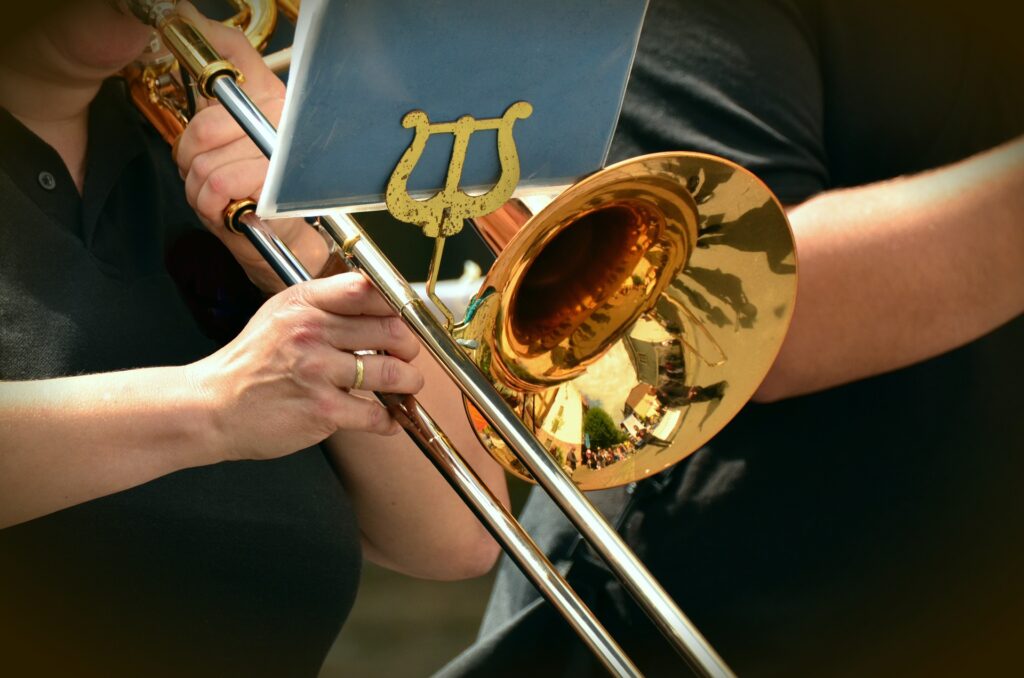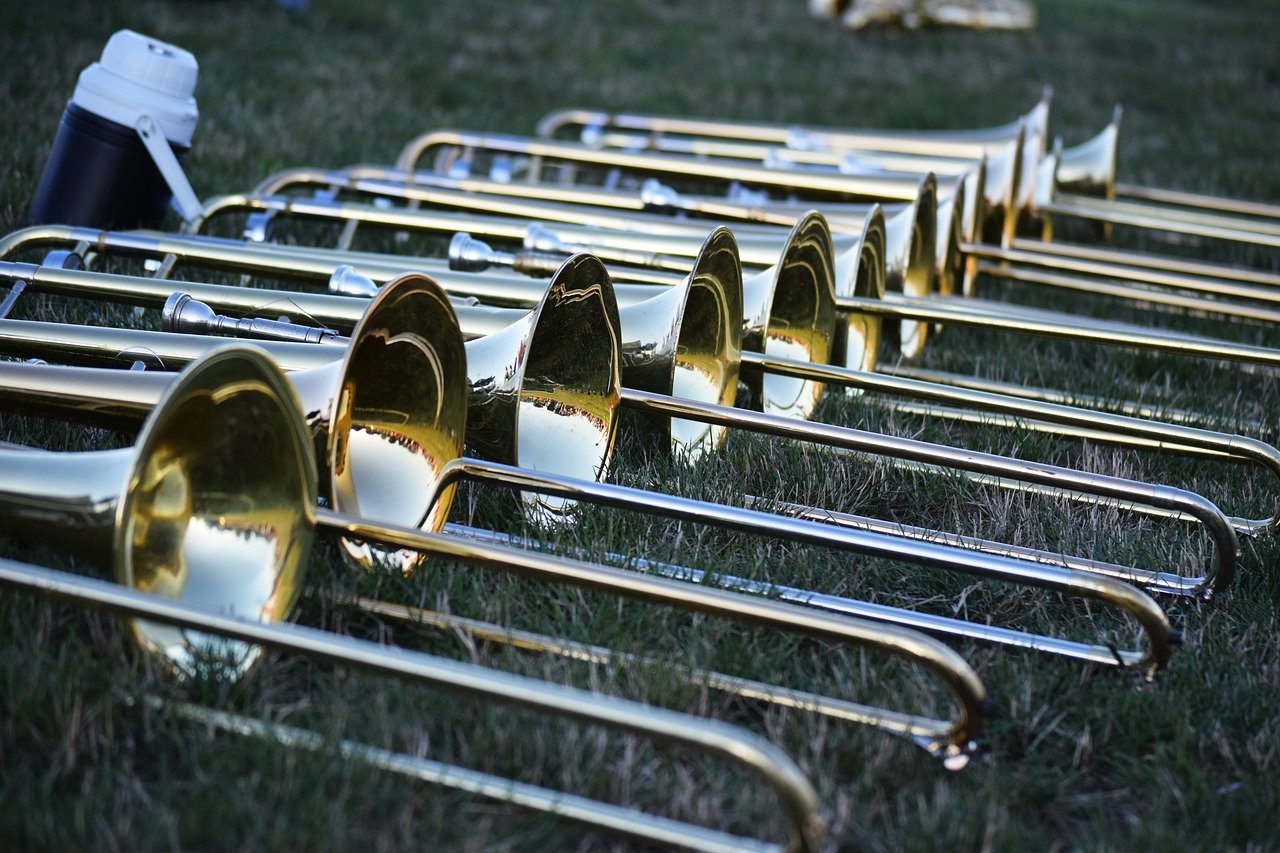Brass band instruments make an interesting blend of sound and design. A brass instrument is simply a musical instrument that produces sound through the resonation of an elongated hollow tube in parallel with the natural vibration of the player’s vocal cords.
The Origins Of Brass Band Instruments
Brass instruments are sometimes also known as brass knuckles or brass-trombones, from Greek and Latin roots meaning ‘balladry’ and ‘tune’. The first brass instruments were probably the harps of ancient Egypt, and the ancients believed that they could produce both sound and magic. Brass-made brass instruments were used in the Roman military, and in Greek temples to worship the gods.
The earliest brass-made brass band instruments were the tympanums, which are still popular to this day. A tympanum is a cylinder made of brass, bronze or steel that contains two hollow tubes, one suspended in air and the other filled with air. As each tube vibrates, it pushes on the valve connecting it to the other tube, which is connected to the other tube and so on. Brass tympanums have now been replaced by the larger and more convenient euphoniums, which feature two valves peritoneal the two sets of tubes. The valves depress or press a piston into each tube so that the air in them vibrates, producing the tone.
In general, there are three kinds of brass band instruments, the first two being the treble clef and the bass trombone. The bass trombone is closely related to the sitar, a large-sized musical instrument of similar design. The design of the bass trombone is such that it can be tuned to a range of frequencies. This has made the trombone a favourite with classical musicians who desired a wide variety of notes and tones, but it has also resulted in its popularity among new musicians who appreciated the fact that it could be tuned to a single pitch.
The next type of brass band instrument is the baritone, a type of bass clef that usually features a wooden body and a round hole in the middle. Unlike the treble clef, whose hole is large and shallow, the baritone has a deeper and larger hole. Baritone bells were once used in church services because their deep pitch made them particularly useful in communicating messages on the organ. The hole in the middle is what provides the instrument with its large mouthpiece, and the holes on either side of the mouth provide the tenor with a wide range of pitch: from a low B to an A. Baritone bells are used mainly for voice applications in jazz and pop music.

The last common brass band instrument is the cylindrical bore trumpet, which looks a bit different from other brass instruments. The body of a cylindrical bore trumpet is conical instead of a circular shape, and it features a conical bore that is actually longer than its actual diameter. The cylindrical bore is further divided into two sections by a metal ring on the outer surface of the body. This ring creates a slight curve on the outer surface of the body of the instrument, which adds to its unique appearance. A conical bore is very suited to playing melodies rather than chords or other notes.
Final Words
Although conical bore instruments can produce a unique and striking sound, they lack some of the variety available in other types of brass instruments. Unlike the baritone bell, which has a deeper and wider range of pitch, and the tuba, which feature a deeper voice than other brass instruments, the conical bore instrument makes its sound more economical and melodic. In addition, since the conical bore makes for a simpler instrument to handle, it tends to sound more realistic than most elaborate brass instruments.

